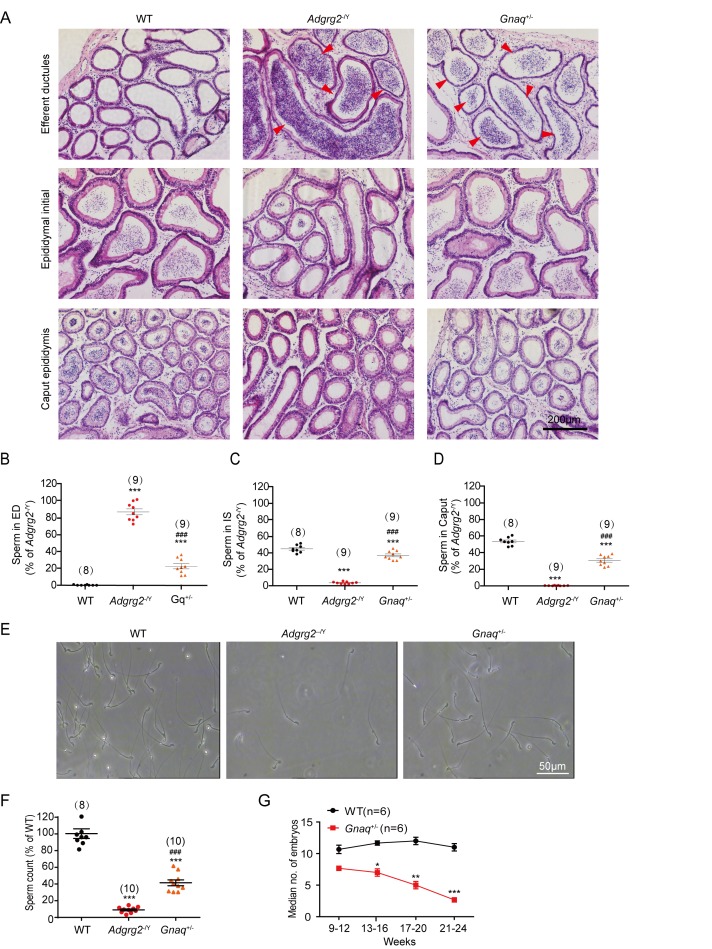Figure 3. Gq expression is required for sperm transportation and male fertility.
(A) Representative hematoxylin and eosin staining of WT, Adgrg2-/Y or Gnaq+/- mice. Scale bars, 200 μm. (B–D) Corresponding bar graphs demonstrating the accumulation of spermatozoa according to the hematoxylin and eosin staining of WT (n = 8), Adgrg2-/Y (n = 9) or Gnaq+/- (n = 9) mice. ED: efferent ductules; IS: epididymal initial segment; CA: caput epididymis. (E) Representative photographs of caudal sperm preparation from the caudal epididymis of WT, Adgrg2-/Y or Gnaq+/- mice. Scale bars, 50 μm. (F) Bar graph depicting the quantitative analysis of the number of sperm shown in (Figure 1E) of WT (n = 8), Adgrg2-/Y (n = 10) or Gnaq+/- (n = 10) mice. (G) Line graph depicting the fertility of Gnaq+/- (n = 6) and WT (n = 6) male mice at various ages, as measured by the median number of embryos. (3B-D and 3 F-G): *p<0.05, **p<0.01, ***p<0.001, Adgrg2-/Y mice or Gnaq+/- mice were compared with WT mice. #p<0.05, ##p<0.01, ###p<0.001. Gnaq+/- mice were compared with Adgrg2-/Y mice. n.s., no significant difference. At least three independent biological replicates were performed for Figure 3B–D and and F–G.

